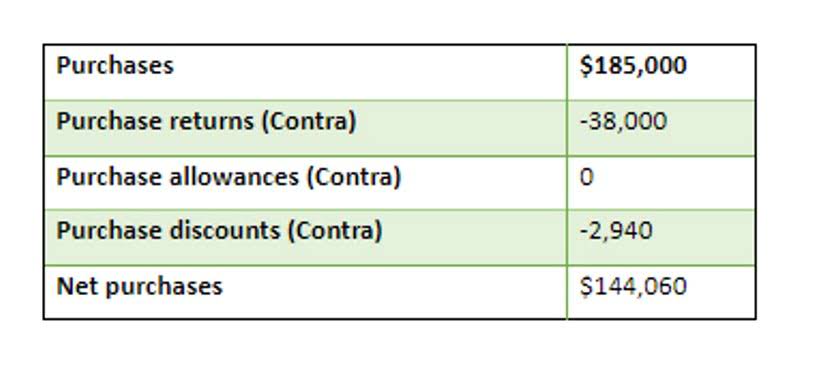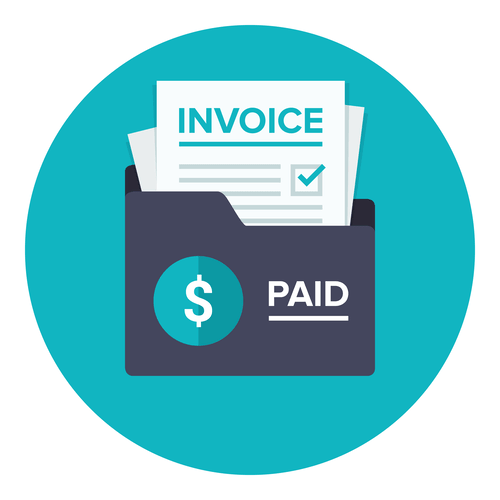
Nonprofits need to know how much money they have received and spent and what’s left over across different areas of their organization. Fund accounting isn’t just about compliance—it’s a tool for driving mission success. Funds allow the government to ensure that the correct amount of money is spent on the right areas, and that money isn’t overspent or underspent irresponsibly. Funds are not separate legal entities but resources segregated into different activities to keep close tabs on the cash inflow and outflow. Aplos has everything you need in one place for streamlined nonprofit and church management. They offer the most flexibility and are often utilized for general operating expenses, emergency needs, or any other area as determined by the organization’s leadership.

Key Features of ACCOUNTS Software

One of the core principles of fund accounting is segregating funds based on their designated purposes. This separation helps organizations maintain clear records and track the financial performance of fund accounting definition each fund independently. Segregating funds also ensures that organizations comply with donor restrictions, legal mandates, and regulatory requirements, promoting transparency and accountability.

Responsible AI by Design: Creating Policies That Align Technologies with your Mission.
One essential report is the Statement of Activities, which shows income and expenses for each fund. Knowing the financial status of each fund also allows organizations to set aside reserves and prepare for unexpected expenses. Think of it as a small, independent part of your organization with its own assets, liabilities, equity, income, and expenses. A fund is a distinct area within your nonprofit organization that needs to be tracked separately from other finances. In this complete https://www.manyao.co.za/2021/12/01/dealership-accounting-dealership-consultants/ guide, we’ll explore what fund accounting is, covering the basics and best practices you and your finance team need to know.
- Fund accounting has distinct characteristics that set it apart from other accounting forms.
- One of the core principles of fund accounting is segregating funds based on their designated purposes.
- This helps nonprofits make more accurate budgets and financial plans to ensure they have enough resources to continue operating effectively.
- This trend is expected to continue to grow as more organizations recognize the value of data analytics in fund accounting.
- This allows for smarter resource distribution that aligns with both donor intent and organizational priorities.
- Governmental entities, from federal agencies to state and local governments, rely on this method to manage taxpayer money.
Is Fund Accounting Governed by Specific Standards?

Manually managing separate funds in spreadsheets is prone to error and consumes valuable time. Purpose-built fund accounting software is designed to automate this complexity. The chosen system must streamline daily accounting tasks while being scalable and user-friendly. It should also offer features tailored to nonprofit financial operations. Foundations use fund accounting to track funds contributed to the foundation by individual donors and organizations. Fund accounting is a way for organizations like foundations to track accounting for multiple funds with one chart of accounts.
Fund Accounting 101: Definition, Use, and Other Essentials
Creating precise financial statements per fund, like the Statement of Financial Position and the Statement of Activities, is essential. It’s vital to have regular audits and follow standardized accounting methods for accurate financial reporting. In the world of nonprofit accounting, it’s vital to grasp the differences between various fund types.

- We will get into restricted vs unrestricted funds later on, but suffice to say, when an entity imposes any kinda of restriction, then the fund becomes a restricted fund.
- The “funds” in fund accounting fall into three categories that your nonprofit needs to record, allocate, and report on separately.
- Donations may be recorded under the 2000s, with individual contributions under 2100s, donations in kind under 2200s, and so on.
- Aplos has everything you need in one place for streamlined nonprofit and church management.
- How much you pay depends on several factors, one of which is your state of residence.
This method guarantees resources are not just legally compliant but also transparently managed. In the complex realm of nonprofits accounting, understanding the accounting basics is crucial, particularly with fund accounting for nonprofits. This guide by our nonprofit bookkeeping services team aims to reveal accounting best practices that ensure your nonprofits financial management integrity. It’s tailored for both newcomers to accounting for nonprofits and those looking to enhance their skills.
What Types of Funds Require Accounting?
For example, tools like Sage Intacct offer templates for Form 990 submissions and FASB-compliant reporting, saving time and reducing human error. Use consistent reporting standards like GAAP or retained earnings FASB to create clear and comparable reports. Each donation, grant, or revenue source should be recorded and allocated to the appropriate fund. Double-check all transactions and balances for accuracy at the end of each accounting cycle. Track all income and expenses, making sure each transaction is assigned to the right fund for accuracy. It also promotes transparency by clearly tracking how every dollar is received and spent.
